Home>Gardening & Outdoor>Landscaping Ideas>What Temperature Can Grass Seed Grow
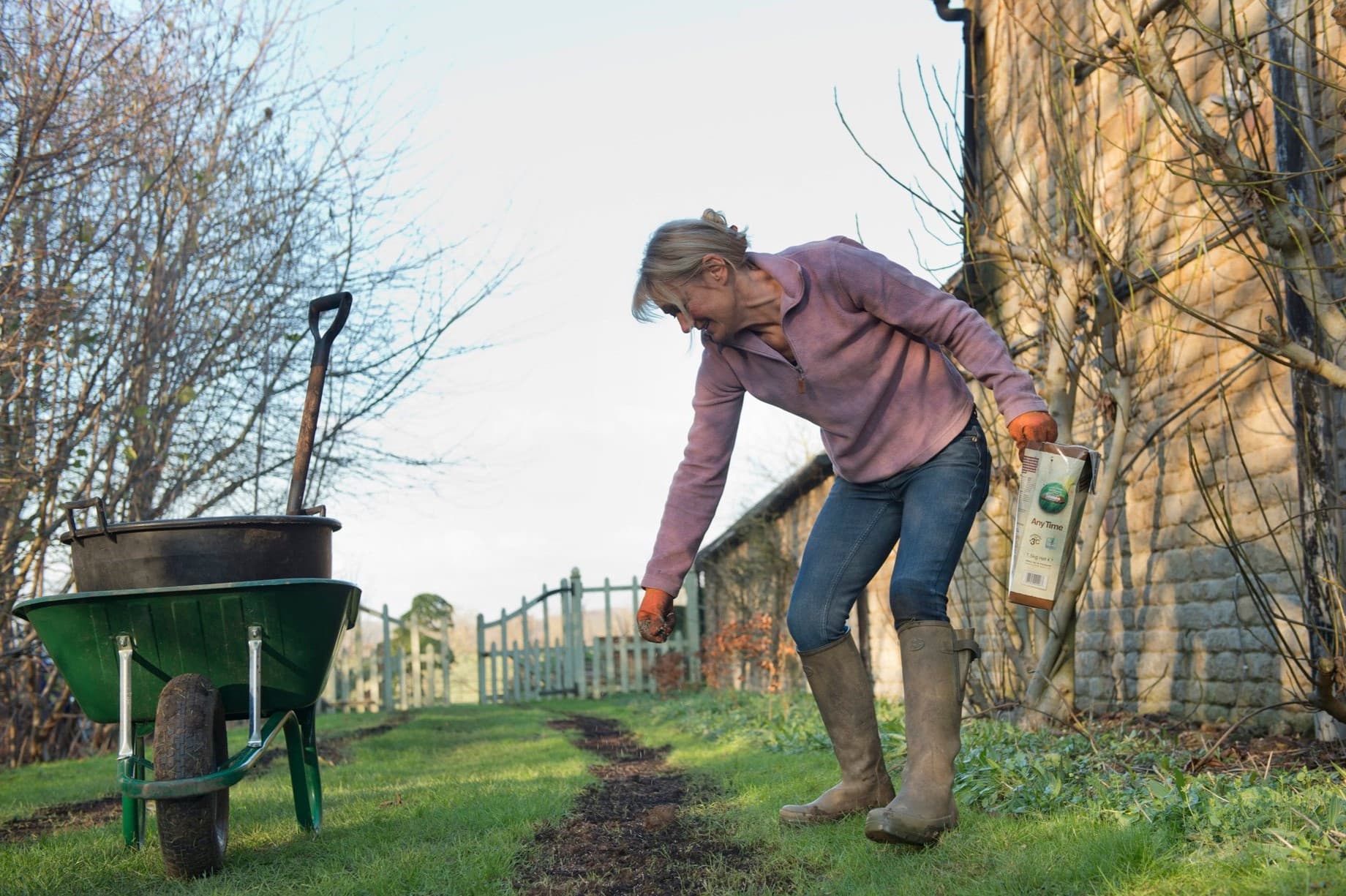

Landscaping Ideas
What Temperature Can Grass Seed Grow
Modified: March 25, 2024
Discover the ideal temperature for grass seed growth and get expert landscaping ideas to ensure successful lawn establishment. Explore our comprehensive guide now!
(Many of the links in this article redirect to a specific reviewed product. Your purchase of these products through affiliate links helps to generate commission for Storables.com, at no extra cost. Learn more)
Introduction
Are you considering planting a new lawn or rejuvenating your existing one? Understanding the optimal conditions for grass seed germination is crucial for achieving a lush, vibrant lawn. One of the key factors that significantly influences the success of grass seed germination is temperature. In this comprehensive guide, we will delve into the impact of temperature on the germination of grass seed, explore the ideal temperature range for various types of grass, and provide valuable tips for ensuring successful grass seed germination.
Whether you are a seasoned gardener or a novice enthusiast, the temperature requirements for grass seed germination are essential knowledge for nurturing a healthy and thriving lawn. Let's embark on this enlightening journey to uncover the mysteries of temperature and its pivotal role in the growth of grass seed.
Key Takeaways:
- Grass seed germination thrives in temperatures between 60-75°F, but varies by grass type. Factors like soil moisture, pH, and light exposure also impact successful growth.
- To ensure successful grass seed germination, prepare soil, select quality seeds, and manage moisture. Patience and diligence are key to nurturing a lush, vibrant lawn.
Read more: At What Temperature Grass Stops Growing
Ideal Temperature for Grass Seed Germination
The germination of grass seed is a delicate process that is heavily influenced by temperature. The ideal temperature for grass seed germination typically falls within the range of 60 to 75 degrees Fahrenheit (15.5 to 24 degrees Celsius). Within this temperature range, the biochemical processes within the seed are activated, initiating the growth of the embryonic root, or radicle, and the shoot, or coleoptile.
Optimal soil temperatures are crucial for the successful germination of grass seed. When the soil temperature is within the ideal range, the seeds absorb moisture and essential nutrients, triggering the germination process. However, if the soil temperature is too low, the germination process slows down, leading to prolonged seed dormancy. On the other hand, excessively high temperatures can also impede germination, as they may cause the seeds to dry out or become damaged.
It’s important to note that the ideal temperature for grass seed germination can vary based on the specific type of grass seed being planted. Different varieties of grass have unique temperature requirements, and understanding these differences is crucial for achieving successful germination.
Now that we’ve explored the ideal temperature range for grass seed germination, let’s delve into the various factors that can affect the germination process.
Factors Affecting Grass Seed Germination
Several factors play a significant role in influencing the germination of grass seed. Understanding these factors is essential for creating the optimal conditions to support the successful growth of a vibrant lawn. Let’s explore the key elements that can impact grass seed germination:
- Soil Moisture: Adequate soil moisture is critical for grass seed germination. The soil should be kept consistently moist but not waterlogged. Insufficient moisture can hinder germination, while excessive water can lead to seed rot and fungal diseases.
- Soil Aeration: Proper soil aeration is essential for allowing oxygen to reach the seeds. Compacted soil can impede oxygen flow, negatively impacting germination and root development.
- Soil pH: The pH level of the soil can affect the availability of essential nutrients for the germinating seeds. Most grass species prefer a slightly acidic to neutral pH range.
- Soil Composition: The texture and composition of the soil can influence water retention and drainage, both of which are critical for successful germination.
- Light Exposure: Some grass species require exposure to light for germination, while others germinate in darkness. Understanding the light requirements of the specific grass seed being planted is crucial.
- Weed Competition: Competition from weeds can hinder the germination and growth of grass seed. Proper weed control measures should be implemented to create favorable conditions for grass seed germination.
- Temperature Fluctuations: Rapid fluctuations in temperature can impact the germination process. It is important to monitor and maintain consistent soil temperatures within the ideal range.
By carefully considering and managing these factors, gardeners and landscapers can create an environment that is conducive to the successful germination of grass seed. Next, let’s explore the optimal temperature requirements for different types of grass seed.
Grass seed typically germinates best when the soil temperature is between 50-65°F (10-18°C). Use a soil thermometer to monitor the temperature before planting to ensure optimal conditions for germination.
Optimal Temperature for Different Types of Grass Seed
Various types of grass seed have distinct temperature requirements for successful germination. Understanding the specific temperature preferences of different grass species is essential for achieving optimal results when establishing a new lawn or overseeding an existing one. Let’s explore the optimal temperature ranges for germinating some common types of grass seed:
- Cool-Season Grasses: Cool-season grasses, such as Kentucky bluegrass, perennial ryegrass, and fine fescue, thrive in cooler temperatures. The optimal soil temperature for germinating cool-season grass seed typically ranges from 50 to 65 degrees Fahrenheit (10 to 18 degrees Celsius). These grasses exhibit vigorous growth during the cooler months of spring and fall.
- Warm-Season Grasses: Warm-season grasses, including Bermuda grass, Zoysia grass, and St. Augustine grass, prefer warmer temperatures for germination. The ideal soil temperature for germinating warm-season grass seed ranges from 75 to 90 degrees Fahrenheit (24 to 32 degrees Celsius). These grasses flourish in hot summer conditions and may experience dormancy during cooler months.
- Transition Zone Grasses: Grasses in the transition zone, which spans the central region of the United States, exhibit characteristics of both cool-season and warm-season grasses. Common transition zone grasses, such as tall fescue and Kentucky bluegrass blends, require soil temperatures ranging from 60 to 75 degrees Fahrenheit (15.5 to 24 degrees Celsius) for successful germination.
It’s important to note that the optimal temperature ranges mentioned above serve as general guidelines. Specific grass species and cultivars may have nuanced temperature preferences, so referring to the seed packaging or consulting with local gardening experts can provide valuable insights into the ideal conditions for germination.
Now that we’ve explored the optimal temperature requirements for different types of grass seed, let’s uncover essential tips for ensuring successful grass seed germination.
Tips for Successful Grass Seed Germination
Ensuring successful grass seed germination involves careful preparation and attentive maintenance. By implementing the following tips, you can create an environment that promotes robust germination and the establishment of a healthy, verdant lawn:
- Soil Preparation: Begin by preparing the soil to create an optimal seedbed. Remove debris, rocks, and weeds, and loosen the soil to a depth of 2 to 3 inches to facilitate root penetration and water absorption.
- Soil Testing: Conduct a soil test to assess the pH level and nutrient content of the soil. Adjust the soil pH as needed and incorporate organic matter, such as compost, to improve soil structure and fertility.
- Seed Selection: Choose high-quality grass seed that is well-suited to your region’s climate and soil conditions. Select a grass species or blend that aligns with the specific requirements of your lawn, whether it be for sun or shade, high-traffic areas, or drought tolerance.
- Even Seeding: Distribute the grass seed evenly across the prepared seedbed to ensure uniform coverage. Consider using a seed spreader to achieve consistent seeding density.
- Seed-to-Soil Contact: After seeding, gently rake the soil to lightly cover the seeds, promoting direct contact with the soil. Adequate seed-to-soil contact is essential for moisture absorption and germination.
- Moisture Management: Keep the seeded area consistently moist by lightly watering it multiple times per day. Avoid overwatering, as excessive moisture can lead to seed rot. A fine mist or gentle spray is ideal for preventing seed displacement.
- Protection from Birds: Protect the newly seeded area from birds by using bird netting or scare tactics. Birds can consume or disturb the seeds, jeopardizing the germination process.
- Monitoring and Patience: Monitor the seeded area closely, observing for signs of germination. Be patient, as germination times can vary based on environmental conditions and grass species.
- Maintenance After Germination: Once the grass seed has germinated, gradually reduce the frequency of watering while ensuring that the seedlings receive adequate moisture. Follow recommended mowing practices and provide ongoing care to support the development of a healthy lawn.
By incorporating these tips into your grass seed germination process, you can set the stage for a successful and thriving lawn. Now, let’s summarize the key insights we’ve uncovered in this comprehensive guide.
Conclusion
In this comprehensive guide, we’ve explored the critical role of temperature in the germination of grass seed. Understanding the ideal temperature range for grass seed germination, the factors that can influence the process, and the specific temperature requirements of different grass species is essential for achieving successful results when establishing or renovating a lawn.
By recognizing the optimal temperature range for grass seed germination, which typically falls between 60 and 75 degrees Fahrenheit (15.5 to 24 degrees Celsius), gardeners and landscapers can create favorable conditions to support the growth of healthy and vibrant lawns. It’s important to consider factors such as soil moisture, aeration, pH, and light exposure, as well as the unique temperature preferences of different grass species, to ensure successful germination.
Whether you are working with cool-season grasses, warm-season grasses, or transition zone grasses, understanding the specific temperature requirements for the grass seed you are planting is crucial for achieving optimal germination and subsequent lawn establishment.
By following the tips for successful grass seed germination, including thorough soil preparation, proper seed selection, and attentive moisture management, you can create an environment that nurtures robust germination and the development of a lush, resilient lawn.
As you embark on your lawn care journey, remember that patience and diligence are key virtues. Monitoring the germination process, providing post-germination care, and maintaining a consistent approach to lawn maintenance will contribute to the long-term health and beauty of your lawn.
Armed with the knowledge of temperature’s impact on grass seed germination and the practical tips for success, you are well-equipped to cultivate a stunning and thriving lawn that will be the envy of the neighborhood. Here’s to the joy of witnessing the transformation of grass seed into a verdant carpet of natural beauty!
Frequently Asked Questions about What Temperature Can Grass Seed Grow
Was this page helpful?
At Storables.com, we guarantee accurate and reliable information. Our content, validated by Expert Board Contributors, is crafted following stringent Editorial Policies. We're committed to providing you with well-researched, expert-backed insights for all your informational needs.
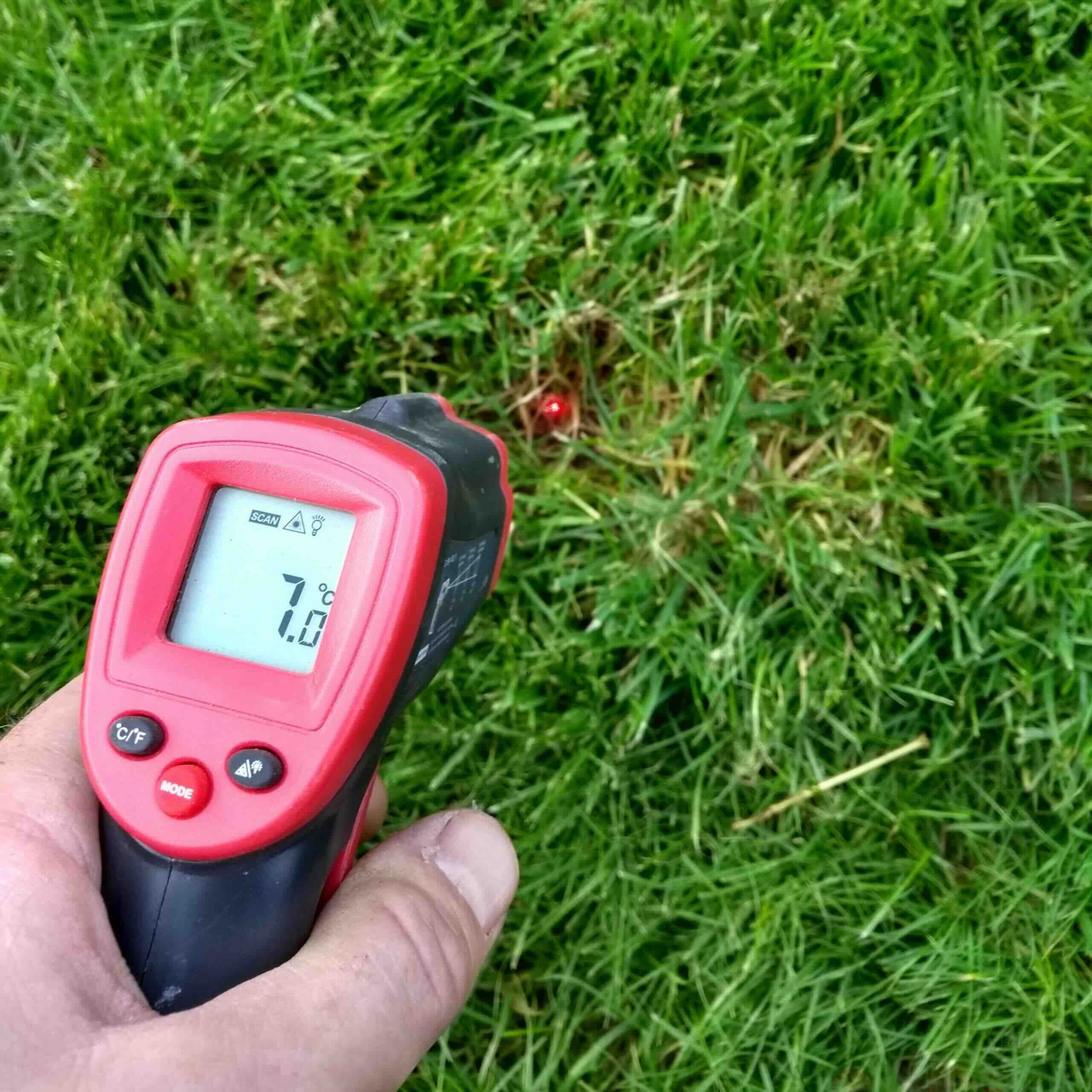

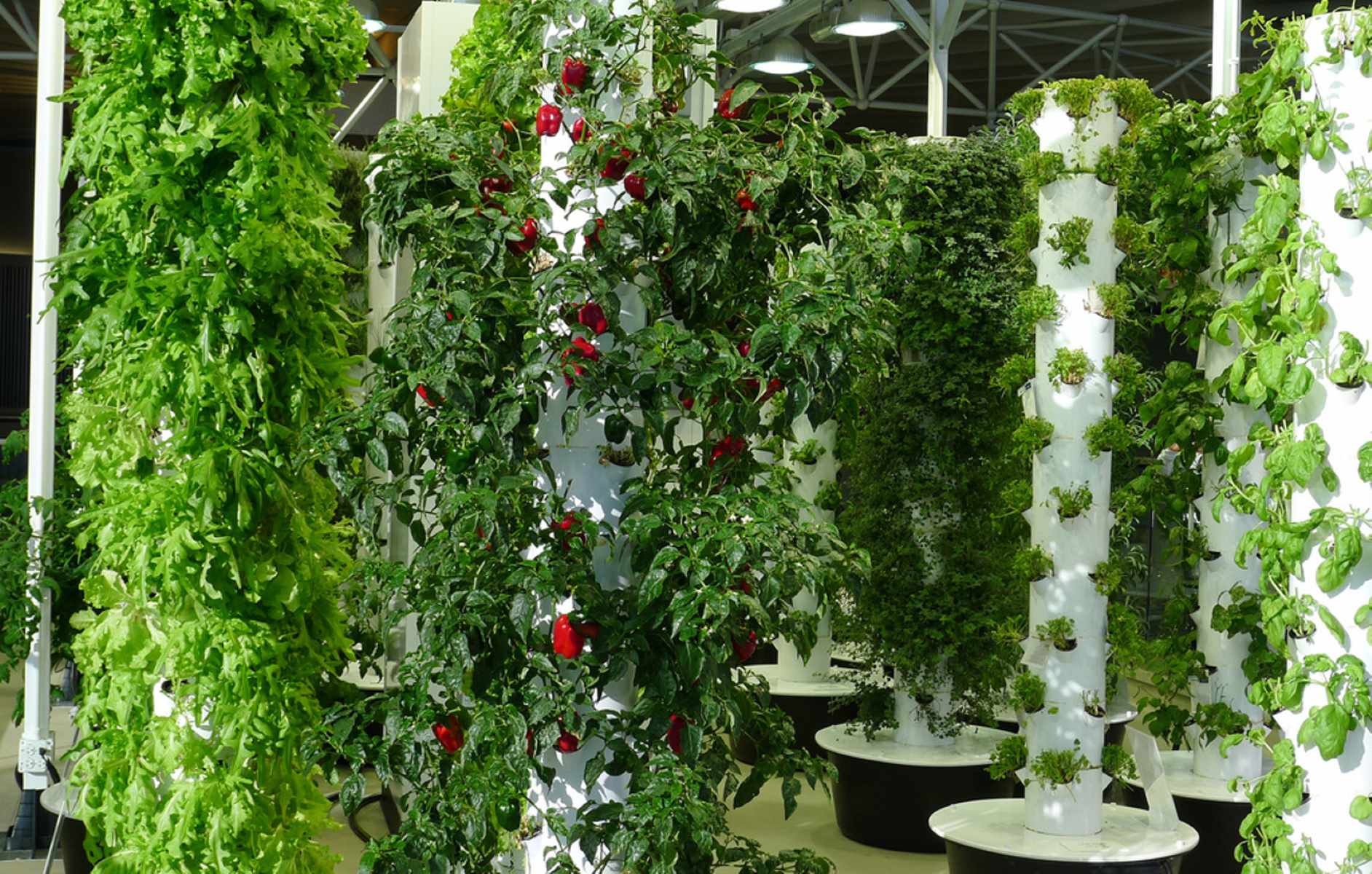
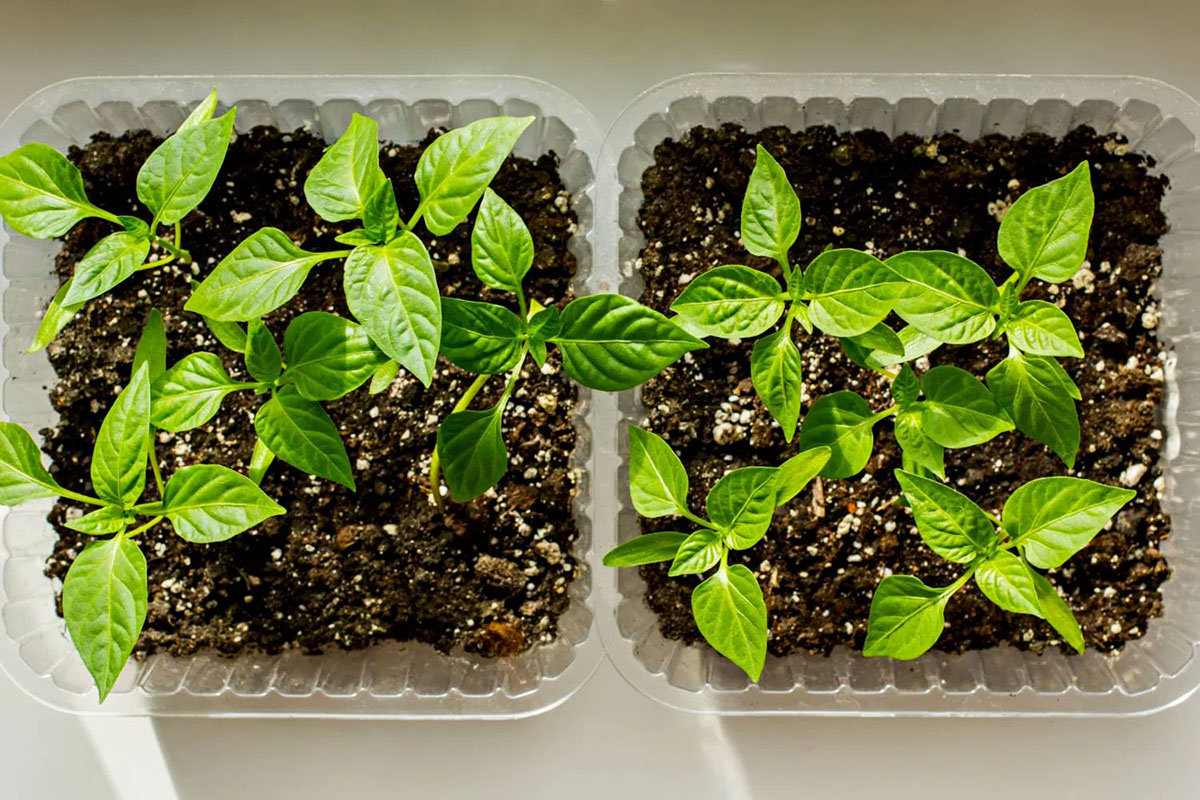

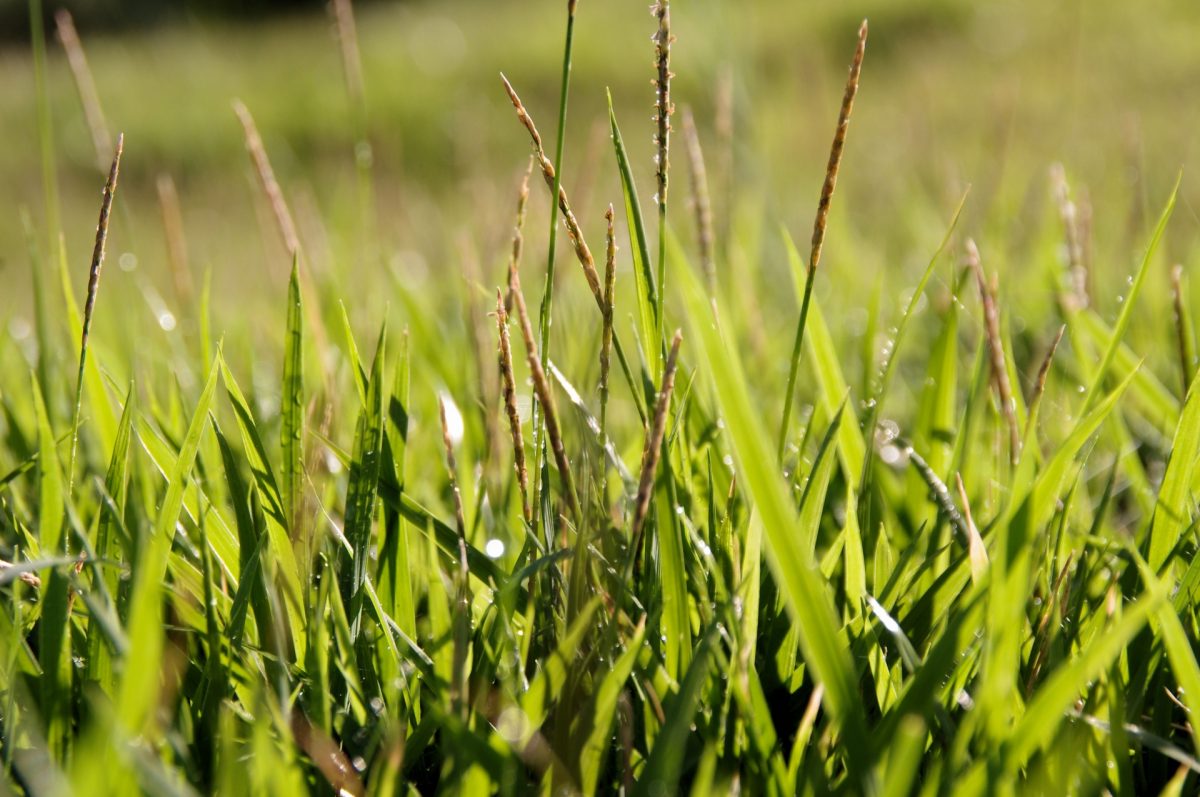
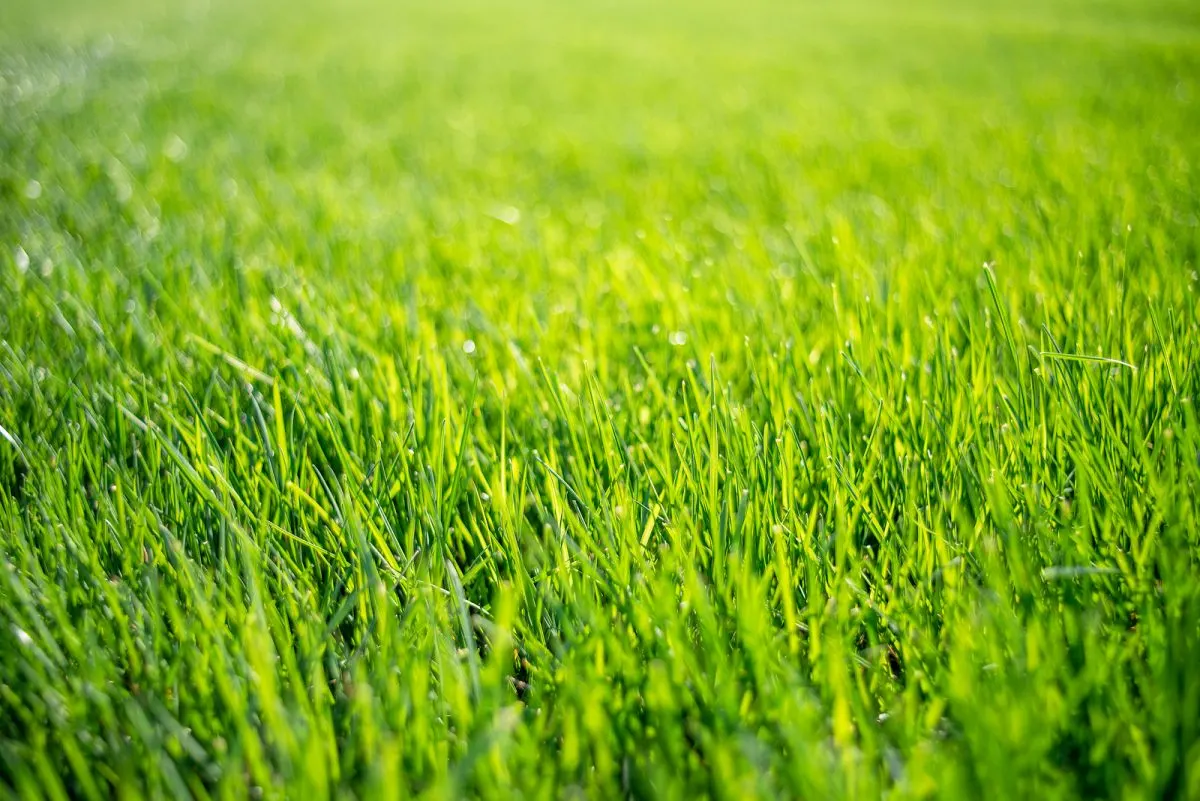
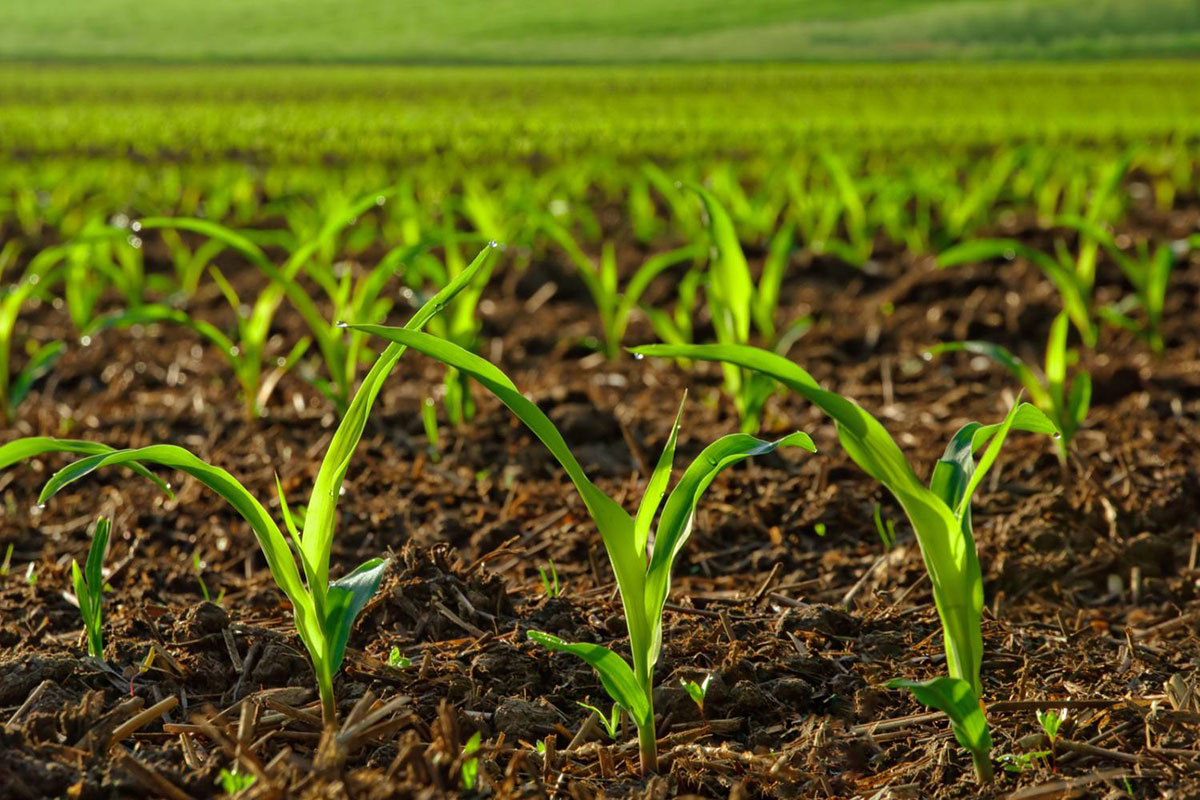
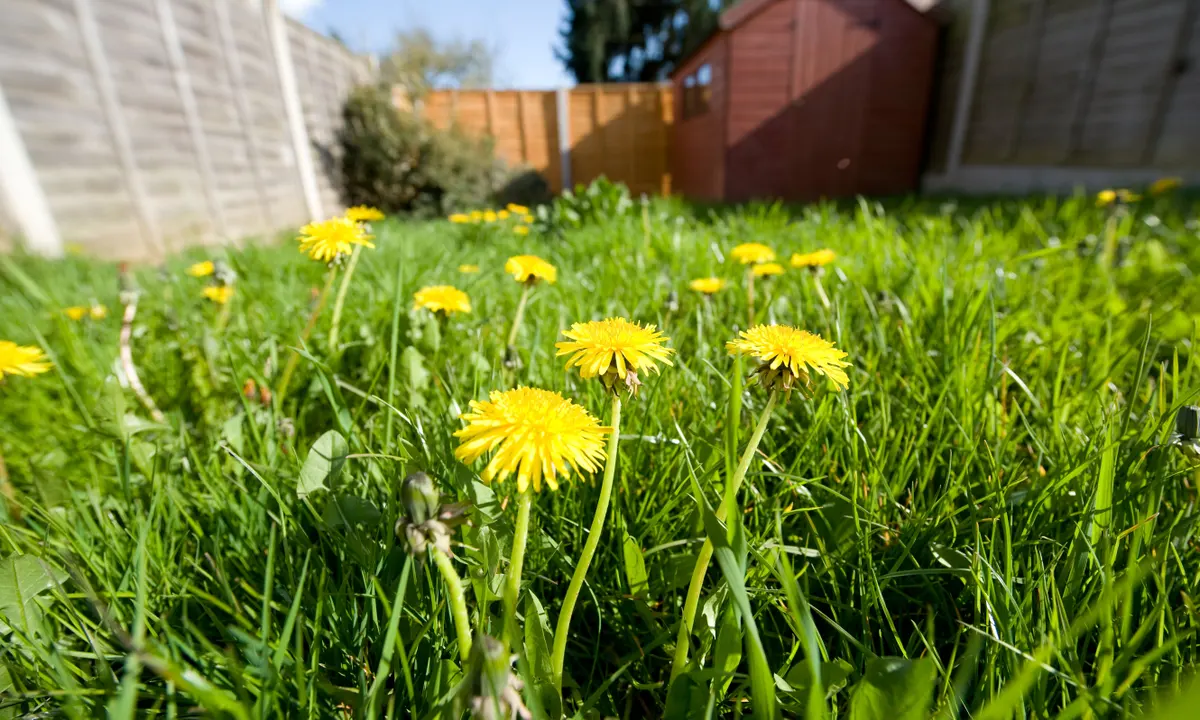
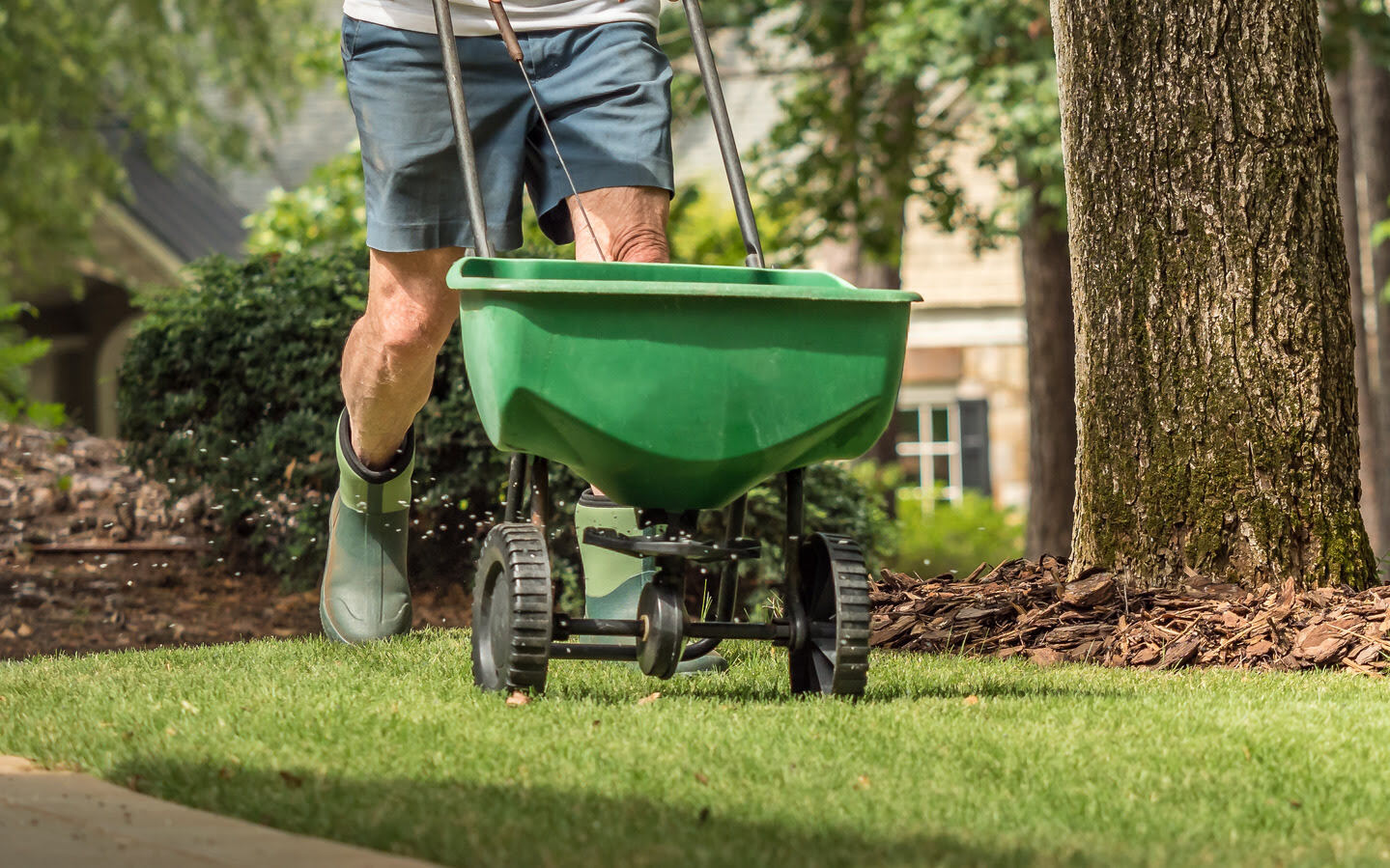
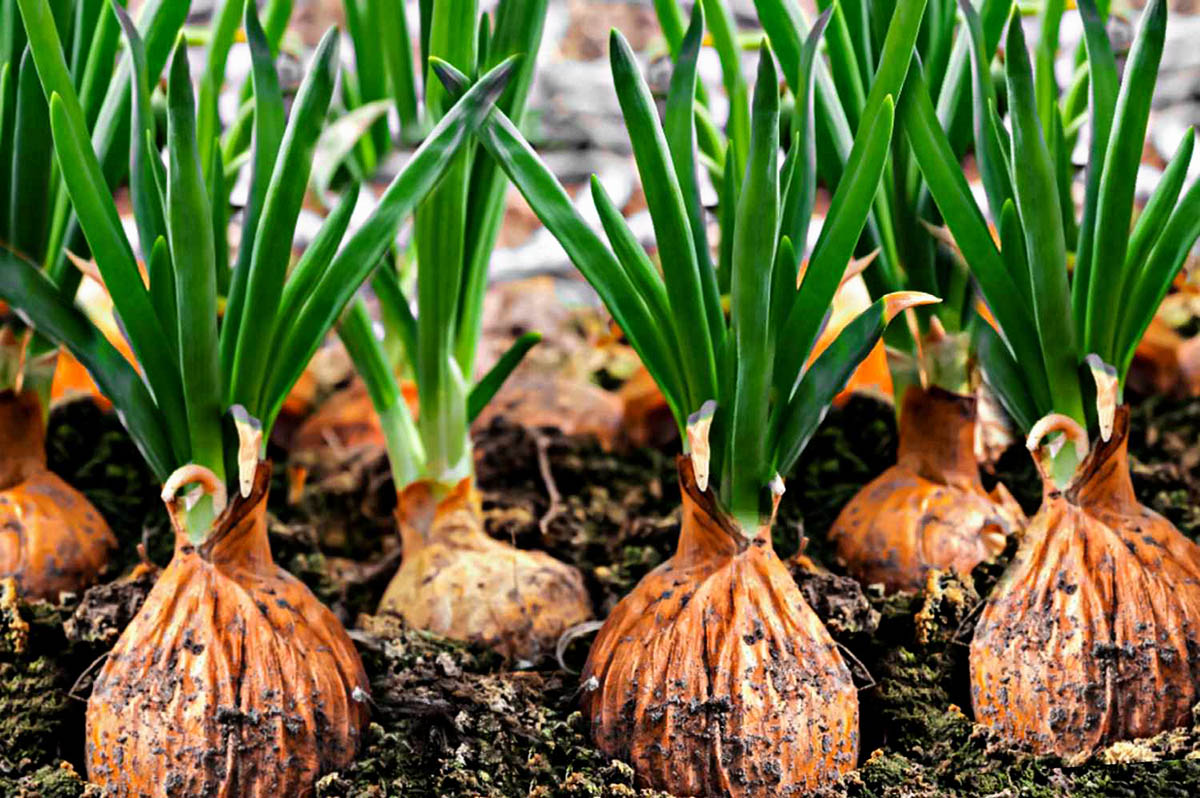
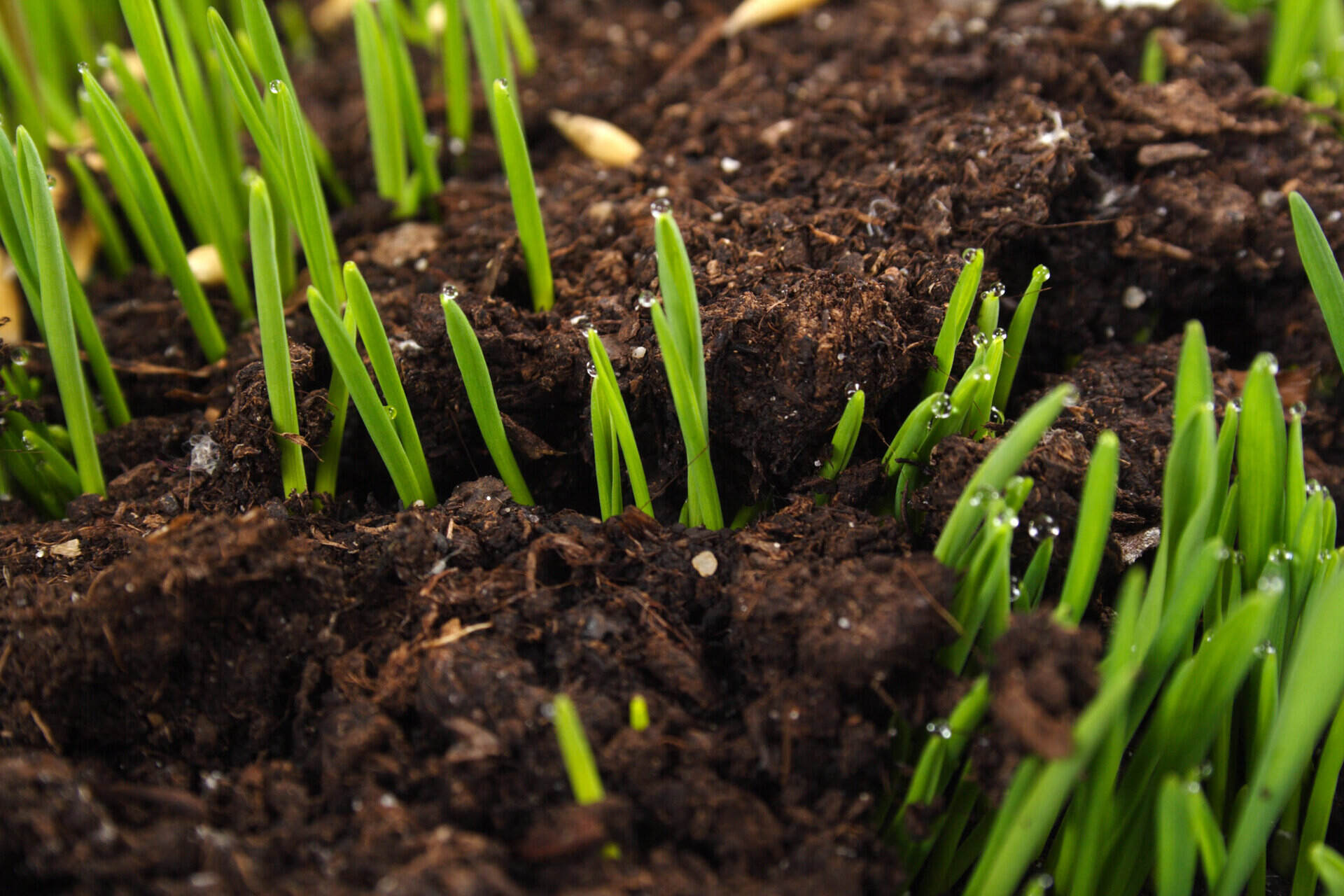
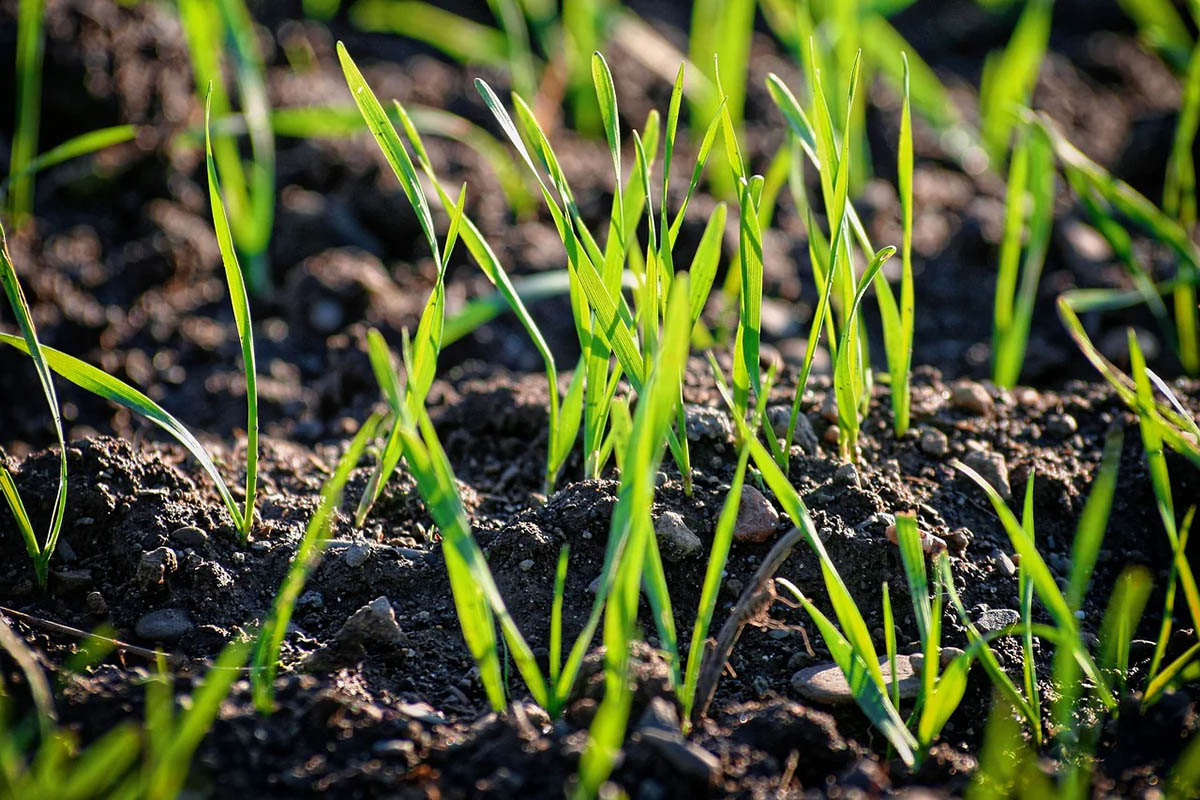
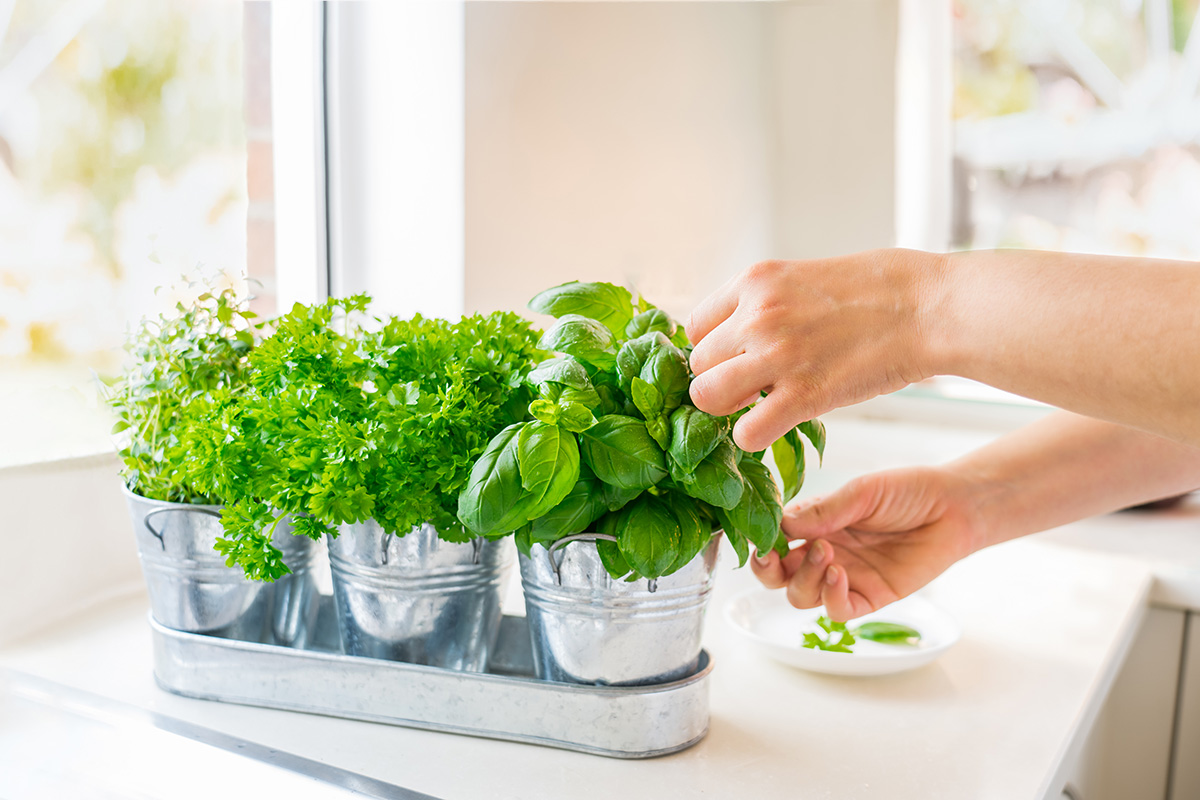

0 thoughts on “What Temperature Can Grass Seed Grow”